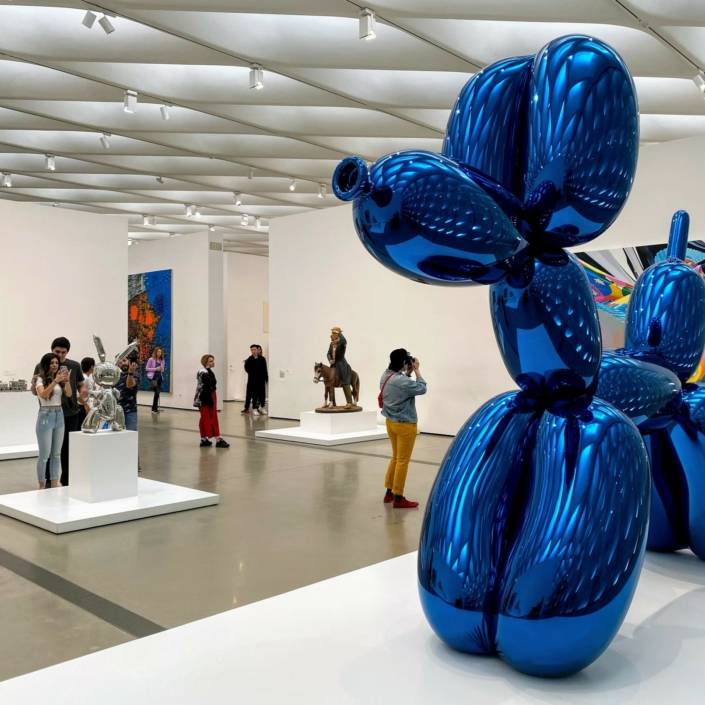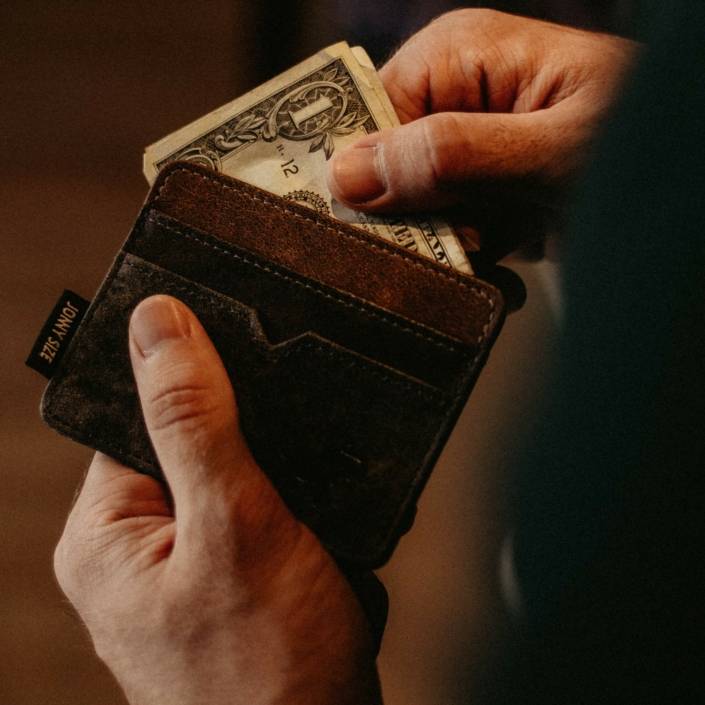Survey: Is it okay to negotiate price?
Asking for a discount can make a gallerist feel, well, deflated. Yet to see the artist make a sale – that a work will have a life outside the gallery, that the artist will make some money – is of course a positive. It always depends on how much the work is, if the buyer is an existing or ongoing supporter of the gallery and where the work is going to wind up. If a work was to be, say, donated to a museum, then of course that’s a terrific outcome. The attitude of the buyer might also play a part in the ‘feeling’ of the galler- ist. So, if a collector does want to ask, they should go about it gently.
GEOFF NEWTON, NEON PARC, MELBOURNE
“Dealings between collectors, clients and artists are and should be confidential. The responsibility of the gallerist is to assist the artist’s career and there are occasions when there is a sound argument for a discount to be given to an important collection, where inclusion in that collection will benefit the artist. Similarly, arguments can be put forward to give a discount to a collector who has been a long-time client of the gallery and supporter of the artist. However, horse- trading can be the thin edge of the wedge. In a loosely unregulated system such as we have in Australia, I believe that national organisations such as NAVA, ACGA, Arts Law and OZCO have an opportunity to step up and give clear guidelines around negotiations, which could then be shared with collectors, major state galleries, museums and many other groups who buy, sell and collect art.” PAUL GREENAWAY , GAGPROJECTS / GREENAWAY ART GALLERY, ADELAIDE
“Negotiation is ingrained in our globalised condition of consumerism; it’s part of doing business. I prefer to remain neutral and see where the negotiation can be taken – what would make the reduction in price worthwhile for the artist and gallery?
MATT NACHE, PAULNACHE, GISBORNE
“So you want my best work and a discount? If it is the difference between a sale for the artist and no sale, we can negotiate add-ons such as freight. However if it is a preview before an opening, then definitely not. Add-ons can amount to about five to 10 per cent of the price in some instances. Alcaston Gallery works closely with artists to ensure that the wall price is fair and reflects both the current market and the quality of the artwork. In some cases, asking for a discount negates an artist’s work and practice. A major role of the gallerist is not only to support the artist creatively but also financially. Some collectors I imagine need to have a discount – it is in their DNA. Fortunately, I don’t believe they are my type of clients. Often it comes home to roost as you see their collections in books or public exhibitions – and they simply don’t have the best work of the artist.”
BEVERLY KNIGHT, ALCASTON GALLERY, MELBOURNE
A good gallery establishes prices very carefully, and in the primary market – works whose provenance is the artist or their estate – considers often quite significant contextual factors that take account of the general conditions of the art market, as well as the values that relate to a particular artist, and to a particular work at a particular time and place. A gallery doing its job is looking after the interests of the artist and their work as well as the collector and their collection, and doing so over time with a view that is respectful and fair. The process of buying art is almost always a conversation, where the artist, the gallery, and the collector all have something to bring to the table. Very often the price is amongst the least important parts of that conversation, but a collector should feel welcome to have an open and thoughtful discussion with the gallery – that’s what we are here for.
RYAN MOORE, FINE ARTS, SYDNEY
“Negotiation is not uncommon, particularly at art fairs where much of the subtlety is stripped away from the engagement as the commercial face of the art world is fore- grounded. Whatever the venue, there is no set protocol. Any collector ought to ask them- selves on what basis do they presume they deserve a concession. Whom are they asking it of – the artist, the gallery, the often fairly fragile ecology of the primary market? Are they themselves professionals who would be happy to have potential clients negotiate fees on first meeting? Have they acquired such substantial amounts of work from the artist and from the gallery that a concession is more digestible? Whatever the case, if collectors are precocious enough to ask then they ought to proceed carefully and respectfully, and always be prepared to be turned down.”
ANDREW JENSEN, FOX JENSEN GALLERY, SYDNEY / FOX JENSEN McCRORY, AUCKLAND
“We rarely give discounts to new clients, but if the buyer is a regular supporter then we might offer a small discount or offer to cover the cost of freight or framing the work. It’s sometimes not the size of the discount that matters but rather the gesture. We have less room to move on a lower value piece, but are usually happy to negotiate on bigger amounts. It’s really satisfying to help someone with limited finances get into the art market and we have several clients who pay works off over a few months.”
DAVID ALSOP, SUITE GALLERY, WELLINGTON
“For DMG, discounts are about relationship- building and we don’t feel put off by a collector asking for one. The gallery and the artist would be happy to see a work go into a really good collection and/or to a person or institution that we respect. We rarely would lower the price for a first- and only-time buyer because we focus on building sustained support for our artists in the long-term.”
DOMINIK MERSCH, DOMINIK MERSCH GALLERY, SYDNEY
This article was originally published in Art Collector issue 89, JUL – SEP 2019.










